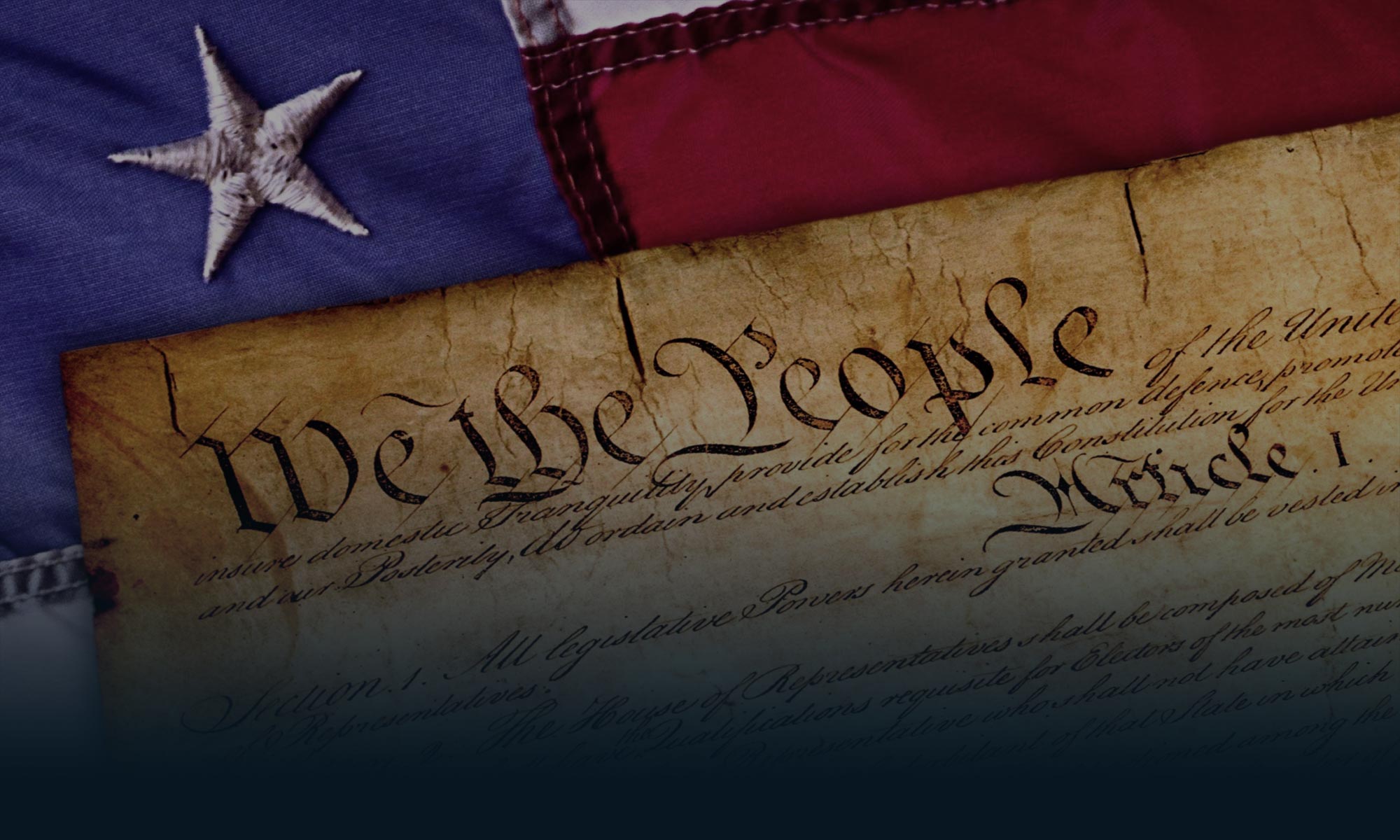Seventeen months ago the FCC teed up what until last Thursday was known as the “Future of Media” project. For all practical purposes the project’s report, now called “The Information Needs of Communities,” is likely to be forgotten in half that time.
On the face of it this sounds like a criticism. Far from it! For its thoroughness and level-headed analysis, and especially for its acknowledgment of the constitutional limits on governmental involvement in the media, this report, and its principal personnel – most notably the man brought in to oversee the effort, Steven Waldman – are owed a debt of gratitude.
Before this project began there arose a powerful network comprised of ideologically motivated activist groups like Free Press; academic institutions and their publications, like Columbia University’s CJR; and deep-pocketed grant-giving groups, most importantly the Knight Foundation; all in the vanguard of what is euphemistically called the “media reform” movement.
And as Chairman Genachowski himself acknowledged, it was the work of these players – most notably the Knight Commission (a creation of the Knight Foundation, which two years earlier released a similarly titled report) that prompted the FCC’s own project.
So with this as its provenance, who would have been surprised if the report had embraced the media reform crowd’s recommendations? But, mirabile dictu, it did not! Instead, the report effectively dismisses the worst aspects of the media reformers’ governmental agenda. Missing or explicitly rejected, for instance, are increased funding of public broadcasting, a “Geek Corps” for local democracy (patterned after AmeriCorps), federal tax credits for investigative journalism, and calls for a halt to media consolidation.
In fact, one of the few “action elements” in the report was a call for less government regulation. As remarked by media reporter John Eggerton, the report “recommended scrapping the FCC’s ascertainment rules … as well as closing the localism proceeding without taking steps like creating community advisory boards to weigh in on public interest programming.”
There are those of us who believed that it was a mistake for the FCC to engage in this project at all – first out of conviction that the FCC had no authority to venture so far afield, and second out of fear that the report might provide the impetus for intrusive and unconstitutional regulations or legislation. But in light of what the project report says, and doesn’t say, the feeling now is that some good will come of it.
After all, the “media reformers” will never have a better setup than they had here. With a Democratic majority on the Commission, a substantial infrastructure of activists and their financial enablers, and a media industry that is in fact struggling, if ever there were a time when the reformers’ wish lists might find policy traction this was it. And now they have their reward: an exhaustive report that almost completely ignores that part of their agenda requiring governmental action.
During the Clinton era, many of the same kind of people who today support media reform helped man a presidential commission that came to be known as the Gore Commission. Its focus was on the “public interest obligations of broadcasters in the digital age.” And like the agenda of today’s media reformers, it encouraged government action in ways that undermined the First Amendment.
In the end, the Gore Commission produced its own report, a document that was as dense as it was feckless, and the whole enterprise sank from public consciousness almost immediately – as well it should have, since it produced nothing of value. The guess here is that the FCC’s Information Needs of Communities report will also sink from public consciousness – not because it lacks value (its scholarship and usefulness as a research document are undeniable, for instance), but because it wisely steered clear of recommendations advanced by the more feral elements within the media reform community – people, for instance, like Commissioner Copps, a long-time spear carrier in that army, who immediately released an impassioned denunciation of the report.
Had the report endorsed radical (and preposterous) things, like a federal tax credit for investigative journalism, it would have attracted more ink, and been the subject of conversation far longer. But it’s a credit to its authors, and to Chairman Genachowski, that it did not do so, because it shows they possess both a realistic view of the scope of the FCC’s limited authority and a healthy respect for the First Amendment.
The opinions expressed above are those of the writer and not of The Media Institute, its Board, contributors, or advisory councils.

